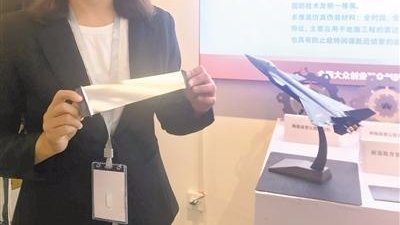Equation
Lieutenant General
It could make some sense in the context of the WS-15. If you expect the engine to arrive in 5-10 years (numbers not accurate, just an example), and a normal WS-10 has a lifespan of 15 years. I makes some sense to run it hard enough to lower its lifespan to 10 years since a new engine will be available at that time. There's also another case you haven't considered: the WS-10 has better reliability and easier maintainability than the AL-31F. Or it's simply cheaper.
Are there engine's of the WS-10's generation that have that kind of performance? That's starting to touch F-119 territory.
We have to keep in mind that it's a long and labor-intensive task to integrate a new engine into a jet. The advantages gained have to be worth that. We don't know of any outstanding reliability issue with AL-31 so even if the WS-10 were more reliable, it wouldn't be by much, especially on a twin-engined fighter. Easier maintainability is something we've never heard of and being cheaper, while an advantage, it is not what the PLAAF cares about most and they would certainly not sacrifice performance for any of these 3 benefits. As a matter of fact, even if performance is not sacrificed, I still don't think that these small things are quite enough to merit the trouble of testing yet another interim engine. The only thing that would justify it to me, is if the new WS-10X had considerably greater performance than the AL-31FM2.
And the 155kN WS-10G is just as I said, long rumored but never substantiated.



